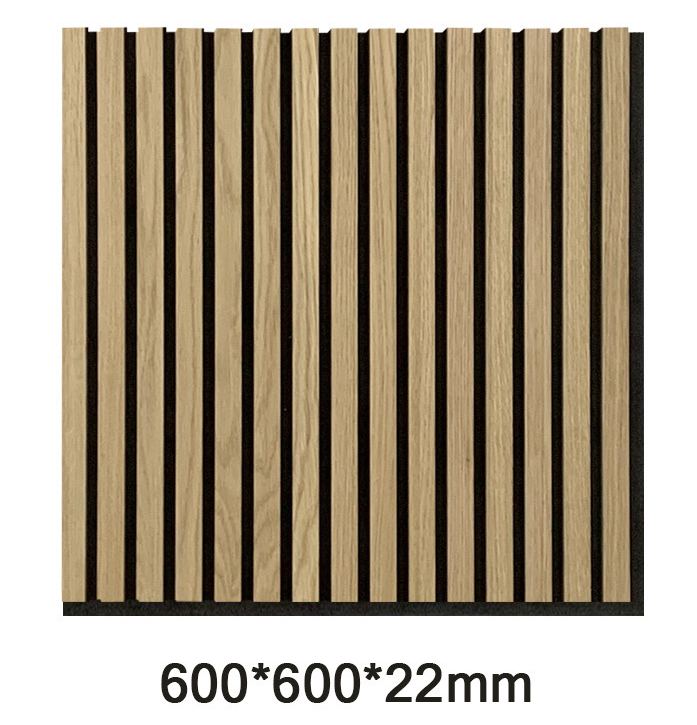Acoustic Panels for Studio Recording An Essential Component for Optimal Sound Quality
In the world of studio recording, the quality of sound captured and produced is paramount. Musicians, podcasters, and sound engineers alike strive for clear, crisp audio free from unwanted noise and distortions. One of the most effective solutions to achieve this is the installation of acoustic panels within the recording space. These sound-absorbing materials play a crucial role in enhancing audio quality and creating an optimal environment for recording.
Acoustic panels are designed to reduce sound reflections that can create echoes and muddiness in recordings. When sound waves bounce off hard surfaces such as walls, ceilings, and floors, they can interfere with the direct sound reaching the microphone. This interference not only compromises the clarity of the audio but also introduces a range of unwanted sound artifacts. By strategically placing acoustic panels on walls and ceilings, sound engineers can effectively mitigate these issues.
There are several types of acoustic panels available, each varying in material, thickness, and design. The most common materials used are foam, fiberglass, and mineral wool. Foam panels are lightweight and easy to install, making them popular among home studio owners. They come in various shapes and sizes, which can help in both aesthetics and functionality. Fiberglass panels, though heavier, offer superior sound absorption properties and are often used in professional environments. Meanwhile, mineral wool panels provide thermal insulation alongside soundproofing, making them a great choice for studios situated in fluctuations in temperature or humidity.
The placement of these panels is crucial. It is essential to understand the dynamics of sound within the recording space to maximize the effectiveness of the acoustic treatment. Panels should be placed at key reflection points, generally one-third of the way down the walls from the ceiling or near the corners where bass frequencies can accumulate. This strategic placement helps ensure that sound waves are absorbed rather than reflected, contributing to a balanced and pleasing sound.
acoustic panels for studio recording

Besides their functional benefits, acoustic panels can also enhance the aesthetic appeal of a studio. Available in various colors, patterns, and designs, they can complement the studio’s interior while serving a practical purpose. Customized panels can even feature artwork or branding, turning sound treatment into an attractive design element.
Acoustic panels are not just for studio recording but also for other audio-related activities, such as video production, podcasting, and even home theater setups. Each of these environments can benefit from better sound management, leading to a more professional audio output.
In addition to improving sound quality, the use of acoustic panels can lead to a more comfortable working environment. A well-treated room reduces the overall noise level, allowing artists and engineers to concentrate on their tasks without distractions. This peace and quiet can significantly enhance creativity and productivity, contributing to a more successful recording session.
In conclusion, acoustic panels are an essential investment for anyone involved in studio recording. Their ability to improve sound quality, enhance aesthetic appeal, and create a more conducive working environment makes them invaluable. Whether you are a seasoned professional or an enthusiastic hobbyist, incorporating acoustic panels into your studio setup is a step toward achieving audio excellence. With careful selection and placement, these panels can transform any recording space into a haven for high-quality sound production.
-
Wooden Sound Proof Panels for Conference RoomsNewsJun.13,2025
-
Maintenance Tips for Felt Wall PanelsNewsJun.13,2025
-
How to Clean and Maintain a Pet Snuffle MatNewsJun.13,2025
-
Custom Shapes and Sizes for Polyester Fiber Acoustic PanelsNewsJun.13,2025
-
Best Sound Proof Panels for Home TheatersNewsJun.13,2025
-
Benefits of Wooden Acoustic Wall Panels for Home TheatersNewsJun.13,2025
